Need help? Call us:
03254920193
Acne Clear Facial Foam
₨650.00 Original price was: ₨650.00.₨575.00Current price is: ₨575.00.
🔥 Buy More Save More!
Buy 3 items get 5% OFF
on each productBuy 6 items get 10% OFF
on each productBuy 10 items get 15% OFF
on each productHave any Questions?
Feel free to Get in touch
Acne Clear Facial Foam
Acne Clear Facial Foam is a skincare product designed to help cleanse the skin and reduce acne. It typically contains active ingredients that target acne-causing bacteria, reduce oiliness, and help keep pores clear. Here are some common ingredients you might find in an acne-clear facial foam:Tea Tree Oil: Known for its antibacterial properties.Glycolic Acid: An alpha hydroxy acid that exfoliates the skin and helps with cell turnover.
Sulfur: Reduces oil and unclogs pores.
Witch Hazel: Acts as an astringent and reduces inflammation.
To use, you generally apply a small amount to wet skin, gently massage it in, and then rinse thoroughly. It’s important to follow up with a moisturizer suitable for acne-prone skin to prevent dryness.
Would you like more detailed information on any specific ingredient or advice on choosing the right product for your skin type?
Sure! Here is some more detailed information on the benefits and usage of the common ingredients found in acne clear facial foams:
Salicylic Acid:
Benefits: Salicylic acid penetrates the pores and helps exfoliate from within, which is particularly effective for blackheads and whiteheads.
Usage: Ideal for oily and combination skin. Can be used daily, but those with sensitive skin might need to start with every other day to avoid irritation.
Benzoyl Peroxide:
Benefits: This ingredient is effective at killing P. It also helps in reducing oiliness and can help clear severe acne lesions.
Usage: Usually found in concentrations of 2.5% to 10%. It can cause dryness and peeling, so it’s important to moisturize well after use.
Tea Tree Oil:
Benefits: Known for its natural antibacterial and anti-inflammatory properties, tea tree oil can help reduce the bacteria that cause acne and soothe inflamed skin.
Usage: Often used in lower concentrations due to its potency. Can be found in various skincare products or used as a spot treatment. Patch test is recommended to avoid allergic reactions.
Glycolic Acid:
Benefits: This alpha hydroxy acid helps with exfoliation, removing dead skin cells and promoting cell turnover, which can improve skin texture and clarity. It also helps with fading acne scars.
Usage: Typically used in concentrations of 5% to 10% in over-the-counter products. Can increase sensitivity to the sun, so use sunscreen daily when using glycolic
Benefits: Reduces oil production and helps dry out the surface of the skin to help unclog pores. It’s especially useful for treating inflamed acne.
Usage: Often found in masks and spot treatments. It has a distinct smell that some might find off-putting, but it’s effective for treating acne without overly drying the skin.
Witch Hazel:
Benefits: Acts as a natural astringent, helping to tighten pores and reduce inflammation. It also has antioxidant properties that can benefit overall skin health.
Usage: Can be used as a toner or in facial cleansers.
Tips for Using Acne Clear Facial Foam
Start Slow: If you are new to using active ingredients, start with a lower frequency (e.g., every other day) to allow your skin to adjust.
Moisturize: Many acne treatments can be drying. Follow up with a non-comedogenic (won’t clog pores) moisturizer to keep your skin hydrated.
Sun Protection: Active ingredients like salicylic acid and glycolic acid can make your skin more sensitive to the sun. Use a broad-spectrum sunscreen daily.
Consistency is Key: Acne treatments take time to show results. Be consistent with your routine and give products a few weeks to work.
Patch Test: Before using a new product, perform a patch test to ensure you don’t have an adverse reaction.
Would you like specific product recommendations or more personalized skincare advice?
Related products
HP Acne Clear Serum
Hp Acne Clear Facewash
Tea tree anti acne serum
La Roche-Posay Dry Touch Sunscreen
Acnes Creamy Wash
You may add any content here from XStore Control Panel->Sales booster->Request a quote->Ask a question notification
At sem a enim eu vulputate nullam convallis Iaculis vitae odio faucibus adipiscing urna.

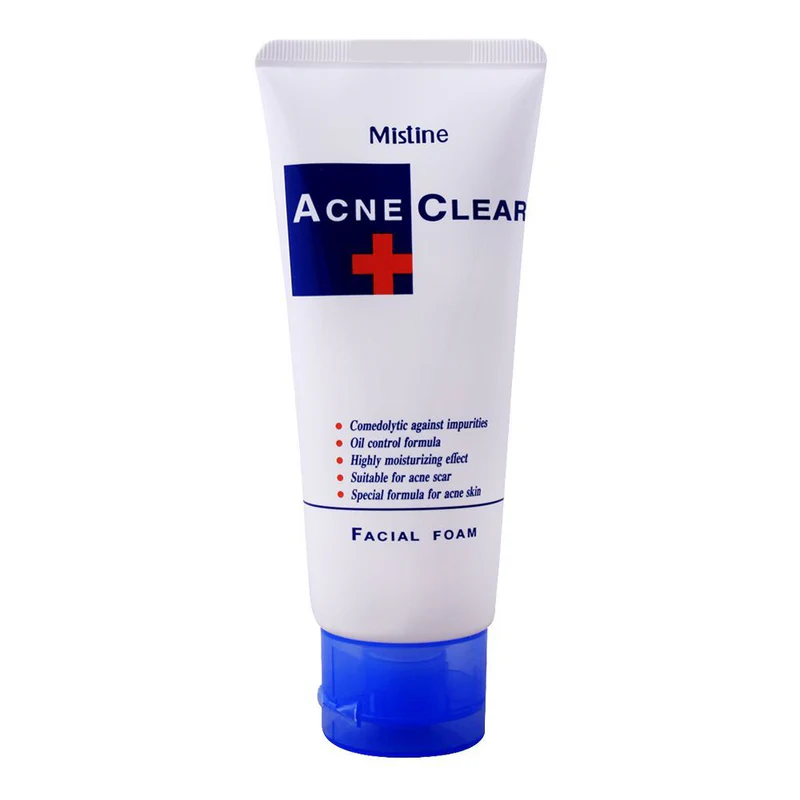

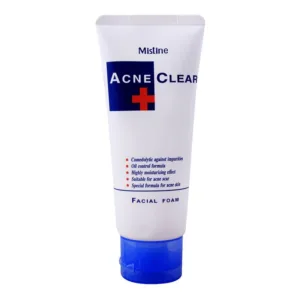
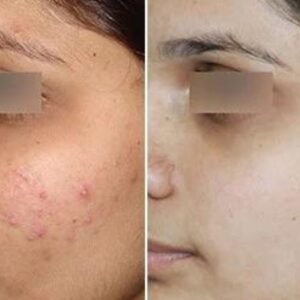
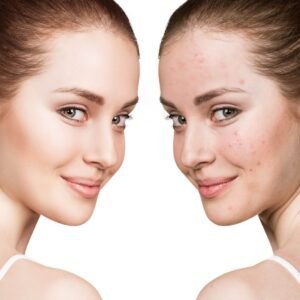
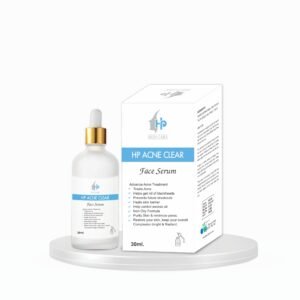
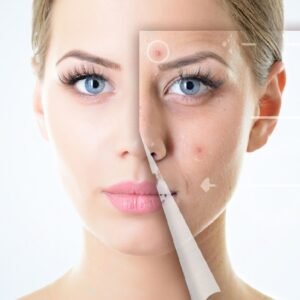

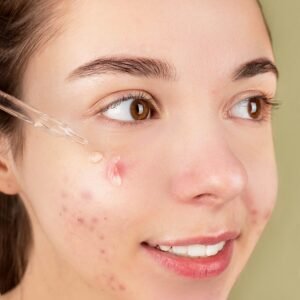
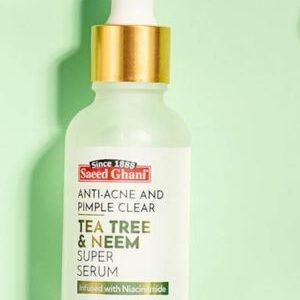
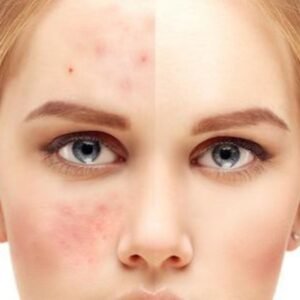
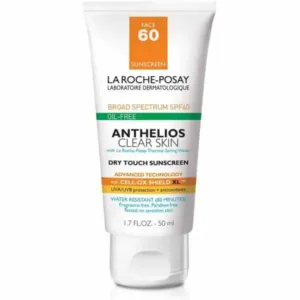
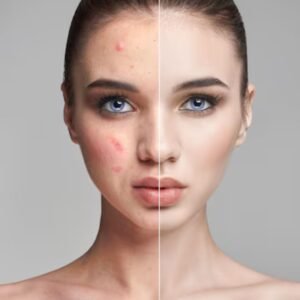
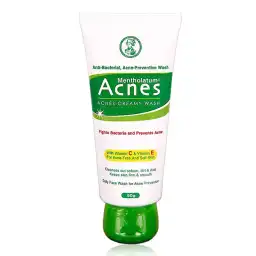

Reviews
There are no reviews yet.